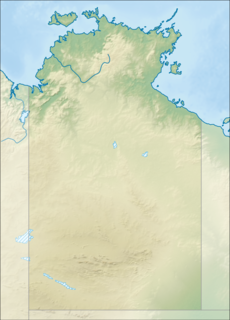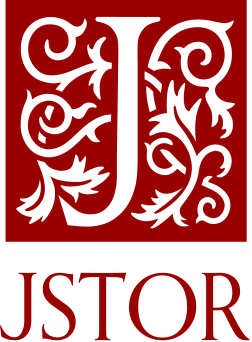This page is based on this
Wikipedia article Text is available under the
CC BY-SA 4.0 license; additional terms may apply.
Images, videos and audio are available under their respective licenses.
The Mati Ke otherwise known as the Magatige, are an indigenous Australian people, whose traditional lands are located in the Wadeye area in the Northern Territory, Their language is in danger of extinction.
The Marrithiyal, also written Marithiel, are an indigenous Australian people whose traditional territory lay 30 to 50 miles south of the Daly River in the Northern Territory. They were sometimes known derogatively as Berringen(Berinken/Brinken), a term used by the Mulluk-Mulluk to refer to 'aliens'/strangers'.
The Nangiomeri, or Nanggumiri, were an indigenous Australian people who lived in the area of the Daly River in the Northern Territory.
The Mulluk-Mulluk, otherwise known as the Malak-Malak, are an indigenous Australian people of the Northern Territory, Australia.
The Madngella, otherwise known as the Matngala or Hermit Hill tribe, are an indigenous Australian people of the Northern Territory, Australia.
The Marranunggu are an indigenous Australian people, and language group, of the Northern Territory.
The Unjadi (Unyadi) were an indigenous Australian people of the Cape York Peninsula of northern Queensland.
The Wadjiginy, also referred to historically as the Wogait, are an indigenous Australian people of the Northern Territory.
The Wulwulam, also known as the Woolwonga, were an indigenous Australian people of the Northern Territory. They are reputed to have been almost completely exterminated in the 1880s in reprisal for an incident in which some members of the tribe speared 4 miners.
The Jamindjung, also spelt Djamindjung, are an indigenous Australian people of the Northern Territory.
The Ngarinman or Ngarinyman, are an Indigenous Australian people of the Northern Territory who spoke the Ngarinyman language.
The Nyulnyul are an indigenous Australian people of Western Australia.
The Kungarakan (Koongurrukuñ) were an indigenous Australian people of the Northern Territory.
The Maringar are an indigenous Australian people of the Northern Territory.
The Djerait were an indigenous Australian people of the Northern Territory
The Pongaponga were an indigenous Australian people of the Northern Territory. They may have been a band of the Ngolokwangga.
The Ngolokwangga are an indigenous Australian people of the Northern Territory.
The Yunggor were an indigenous Australian people of the Northern Territory
The Muringura, or Murrinh-Kura, were an indigenous Australian people of the Northern Territory.
The Wagoman were an indigenous Australian people of the Northern Territory.



